VMware Ubuntu installation detailed process (pro-test)
Not every programmer has to play Linux, but the blogger thinks that many of the current servers are Linux systems, and they belong to that kind of front-end and back-end, they are also interested in framework construction, but many in production The framework and tools are installed on the server, and many large companies require familiarity with development on Linux, so it is necessary to learn more about Linux from personal career development.
(Checked on the blogger's website, now most of the server installation systems are: ubuntu server, centos, suse linux enterprise, redhat linux, etc.)
So today the blogger installed Ubuntu on the virtual machine and shared the entire installation process with everyone. The reason for not installing dual systems is to consider a lot of inconveniences. For example, if you develop an example on linux, you want to write a blog, and blogging is definitely more convenient on windows, and the code needs to be obtained from one system Another system, here is the inconvenience of dual systems. In addition, another advantage of installing linux on a virtual machine is that you can download the tool installation package on windows and install it on linux.
Well, the whole installation process is attached immediately below.
1. Download the Ubuntu image file#
Download link: http://www.ubuntu.com
Open the above connection, we come to the following page, click download:

Next, go to the following page and click Ubuntu Desktop:
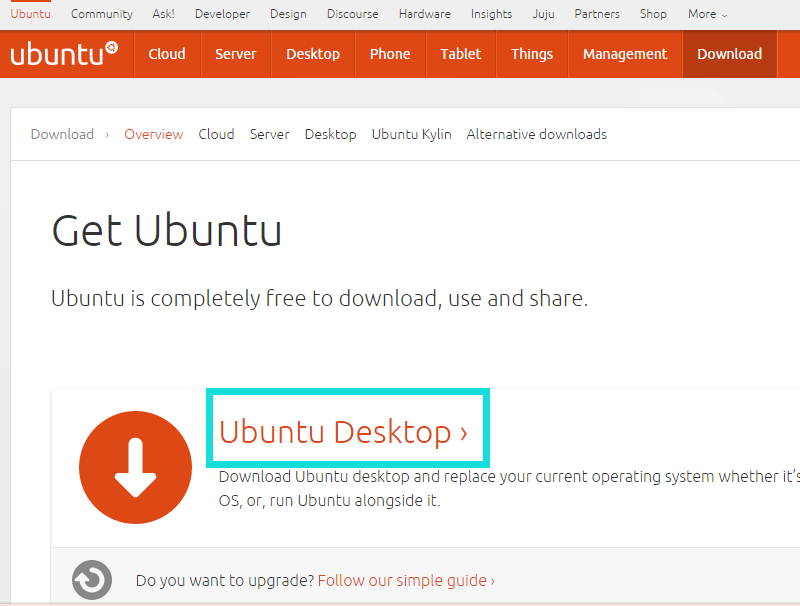
Then select Ubuntu 14.04.3 LTS release notes:
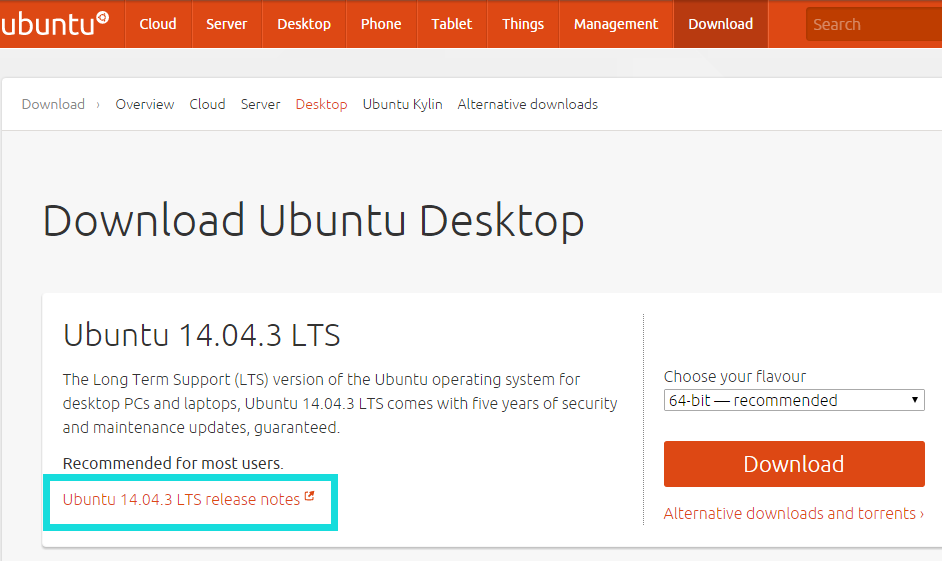
Then select Ubuntu Desktop and Server:
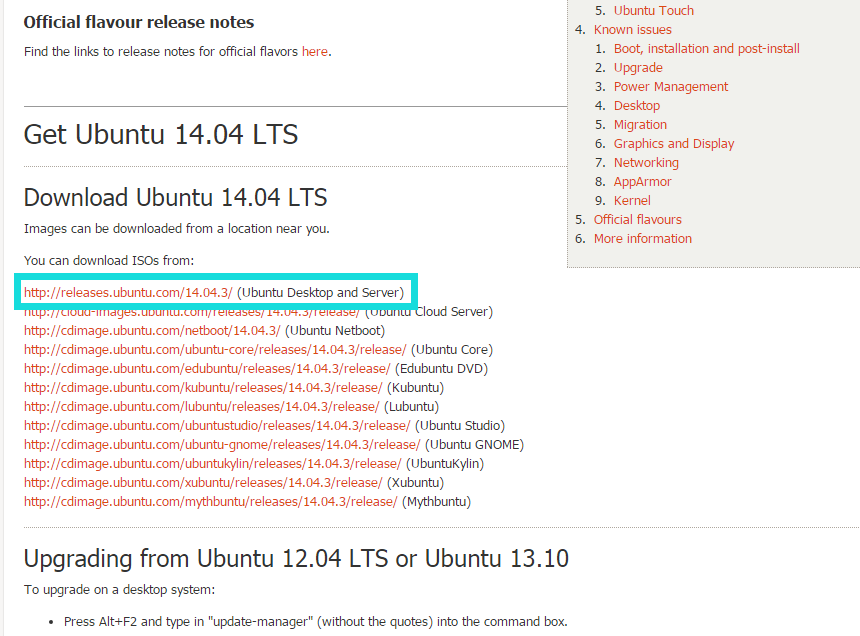
Next, we choose the desktop version of 64-bit PC (AMD64) desktop, the blogger’s computer is 64-bit. In addition, the main difference between desktop and server version is: desktop version is for personal computers
Users can perform word processing, web browsing, multimedia playback and game play. Essentially, this is a multi-purpose operating system customized for ordinary users. On the other hand, the server version is designed to act as a web server, which can be used to host files, web pages and similar content.
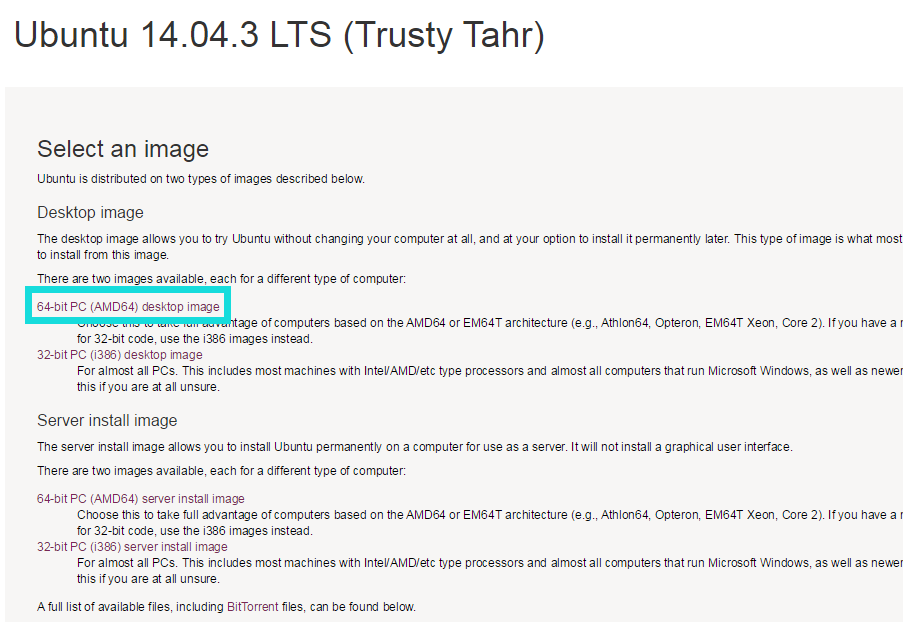
Click the above link to download. The capacity is about 1G, which is a bit long. Next, let's look at the process of downloading and installing VMware and installing Ubuntu on VMware.
Two, VMware download and install#
VMware's download and installation is easy, download directly to Baidu as follows, haha:
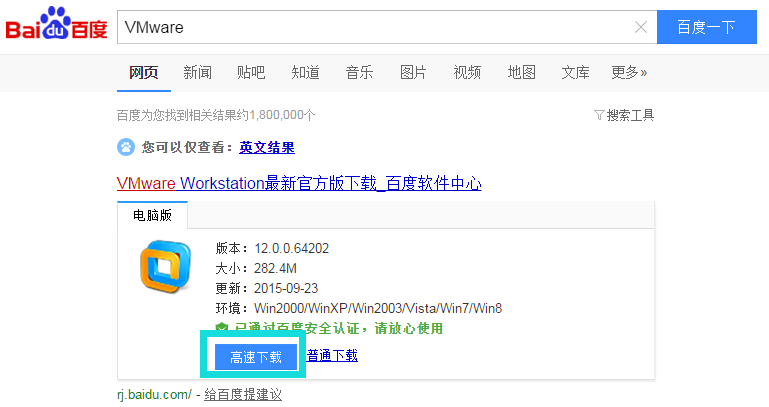
It can be installed after the download is complete. The installation can all be done by default, depending on the individual. The blogger's installation directory is optional.
After the installation is complete, start VMware, you need to enter the product key (vmware workstation 12), the blogger randomly Baidu one, friends see if yours is valid:
5 A02H-AU243-TZJ49-GTC7K-3C61N
VMware is installed, the following describes how to install Ubuntu on VMware.
Three, install Ubuntu in VMware
1、 Create a virtual machine##
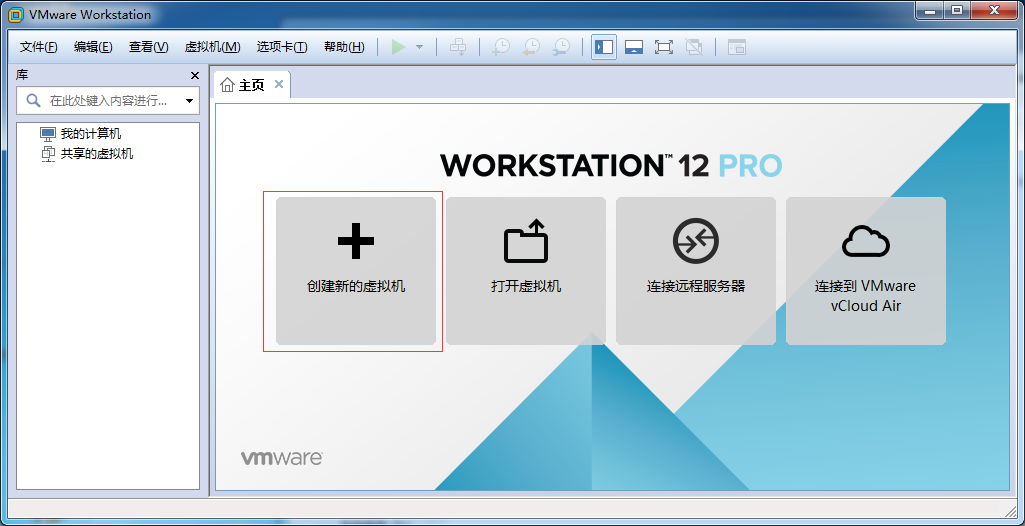
2、 Wizard select custom##
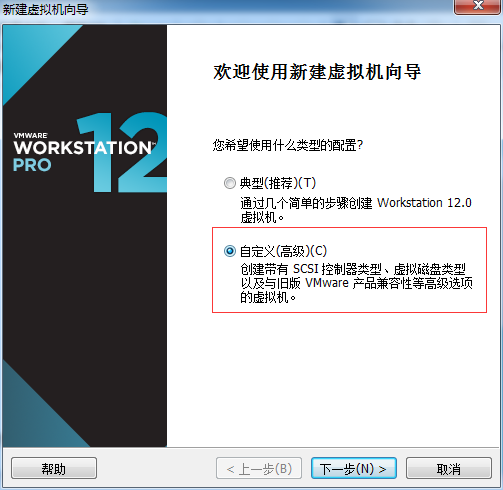
3、 Then the next step and the next step until here, and then install the system later##
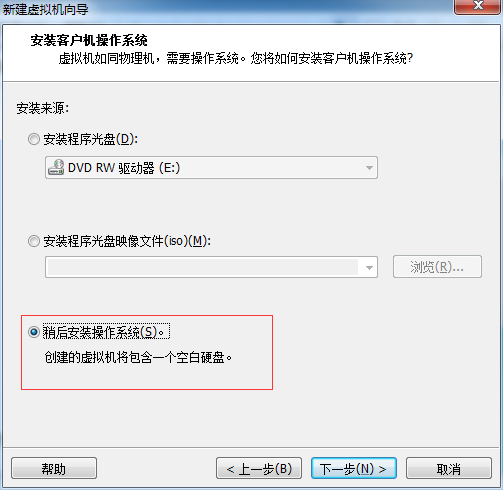
4、 Then choose linux,
Note that the drop-down below here selects Ubuntu64, because we are downloading 64-bit, if your computer is 32-bit, just choose Ubuntu. The blogger’s is because of Ubuntu, which caused the installation error later, but you can set it later. of.
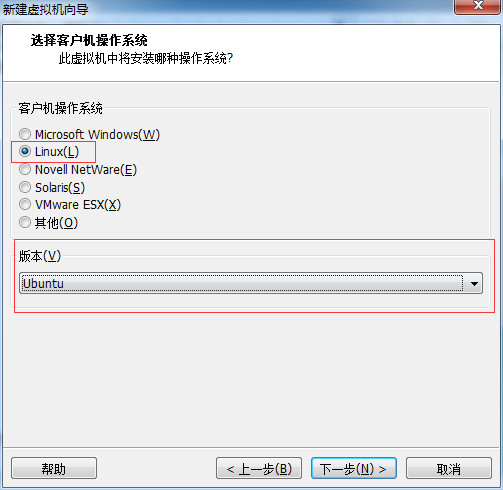
5、 Choose installation location##
You must enter an existing directory here, otherwise an error will be reported
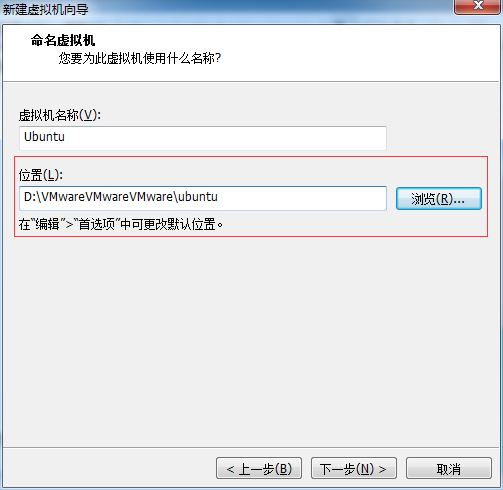
6、 Processor and memory##
If the computer is configured, you can try it, otherwise the default is used. The blogger uses the default here, and then the next step... until here, choose to store the virtual machine as a single disk:
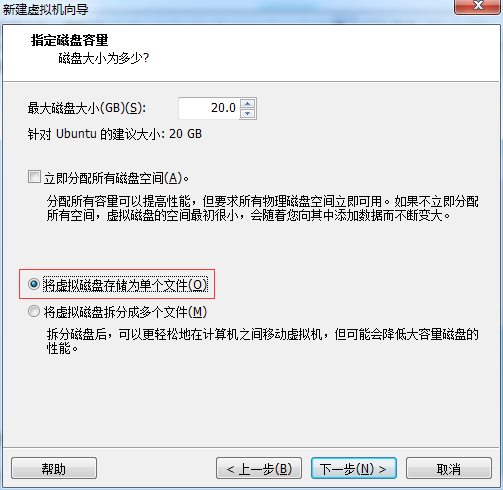
7、 Then in the next step, go to the following page and click on custom hardware:
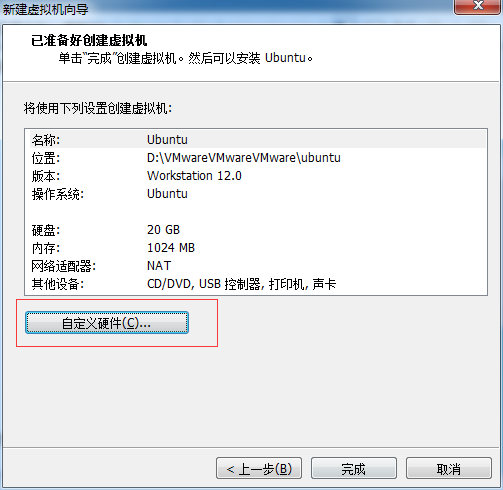
8、 Then select the Ubuntu image we downloaded in the first step as shown below:
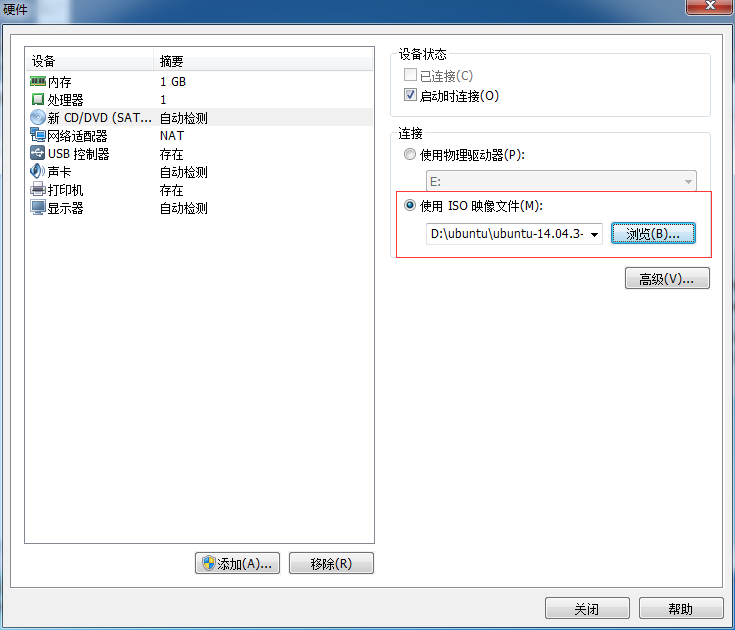
9、 Then click Finish, the wizard setting is complete##
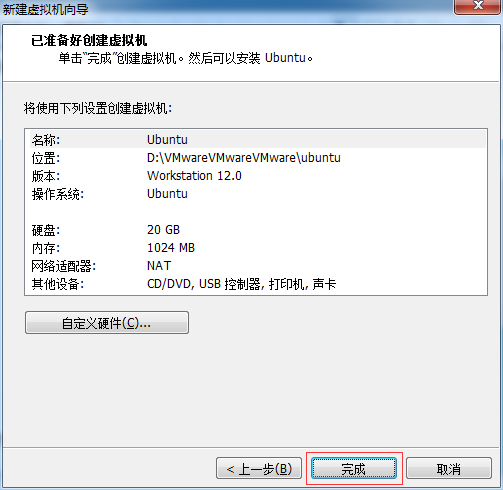
10、 The virtual machine has been configured, then we turn on the virtual machine:
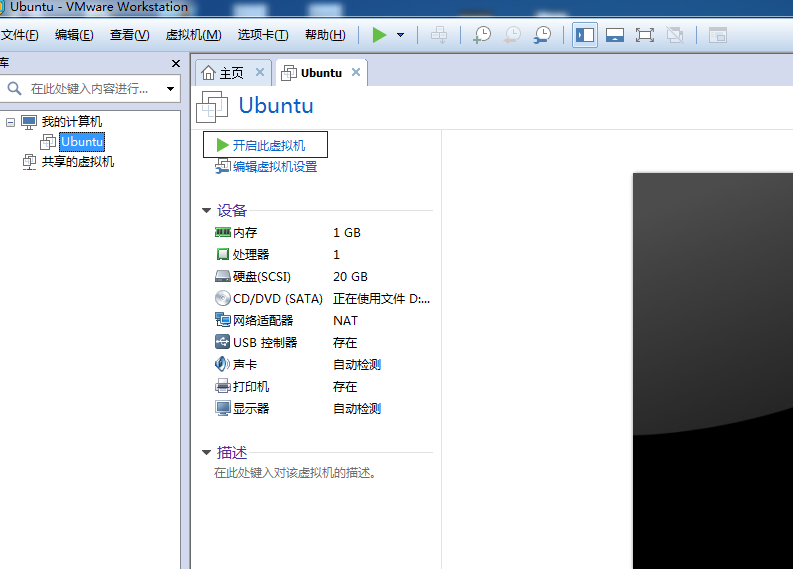
11、 Then you will come to the following interface, if there is an error, please see (four, possible errors), we choose Chinese simplified and click Install Ubuntu:
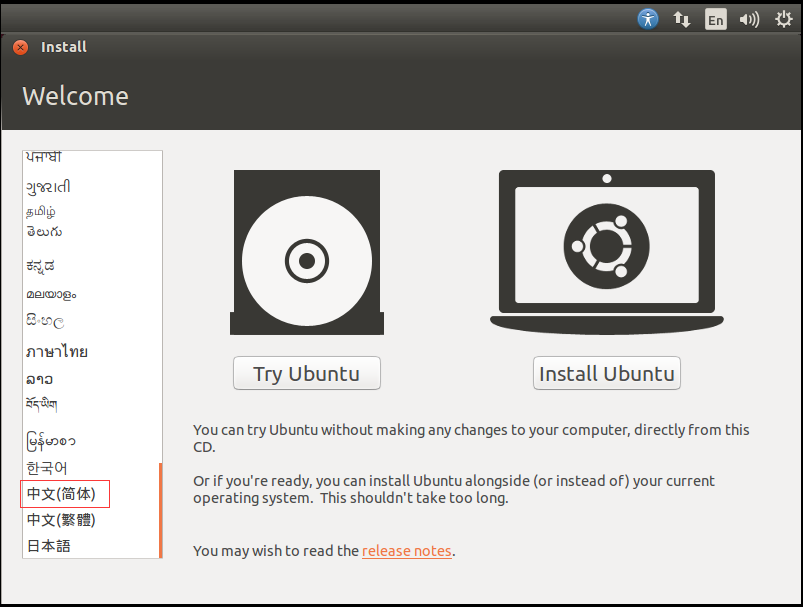
12、 To the following interface, we click to continue:
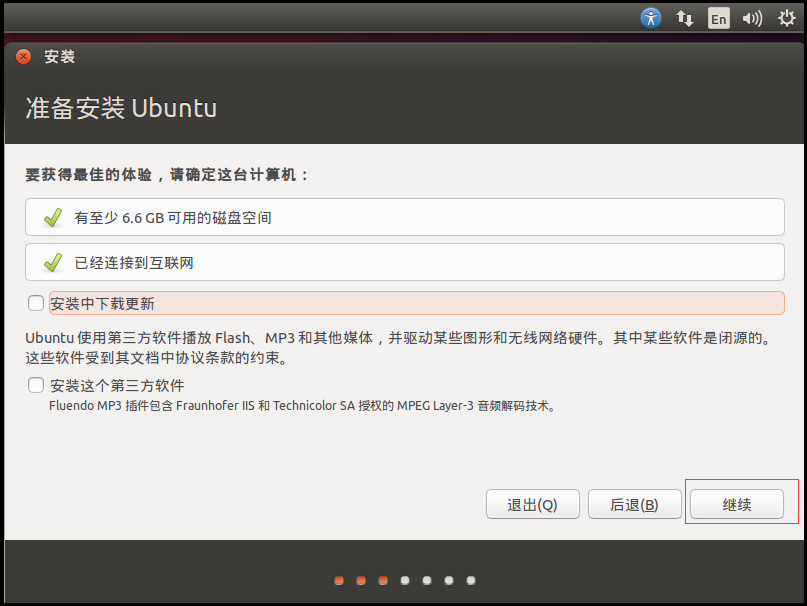
13、 Then click to start the installation:
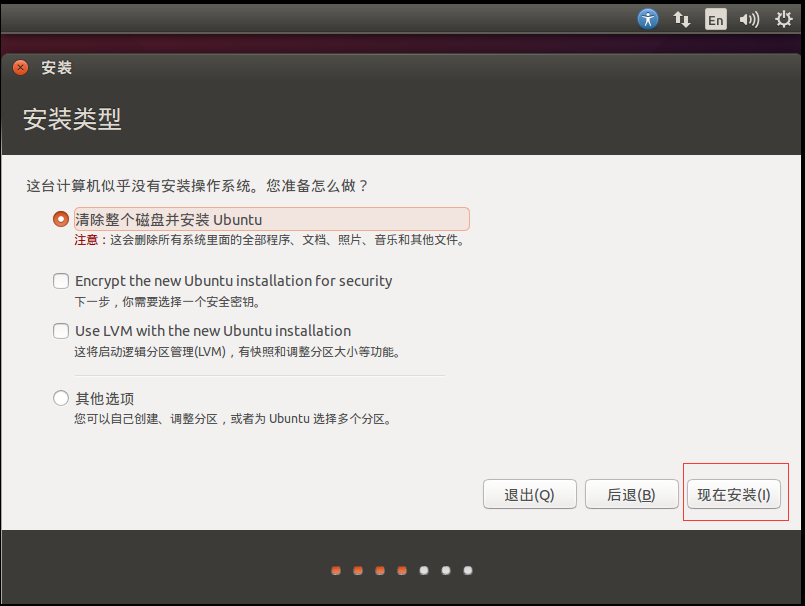
14、 At this interface, click to continue:
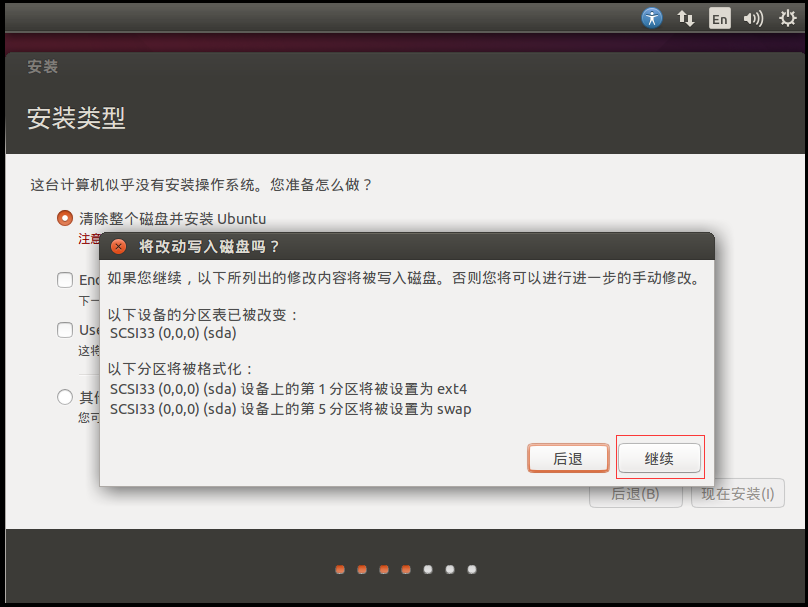
15、 As follows, enter your location, just enter it casually:
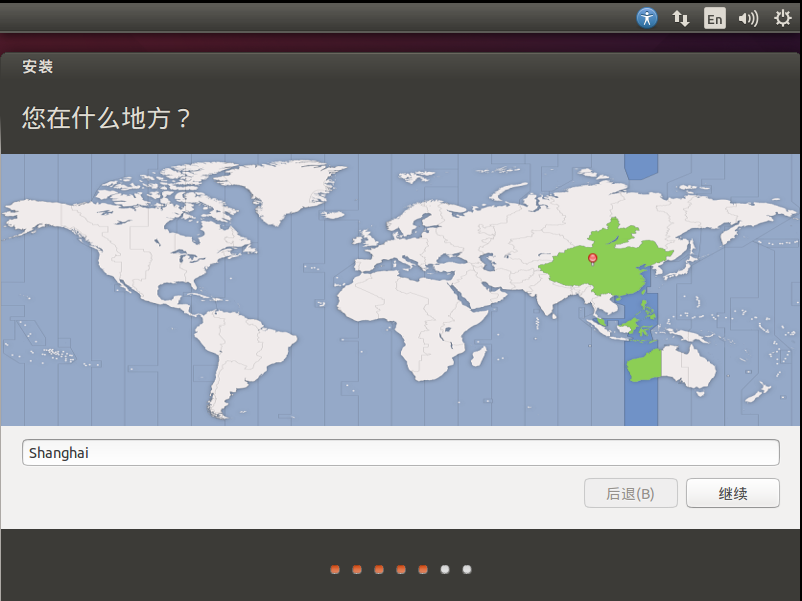
16、 Then select Chinese and click to continue:
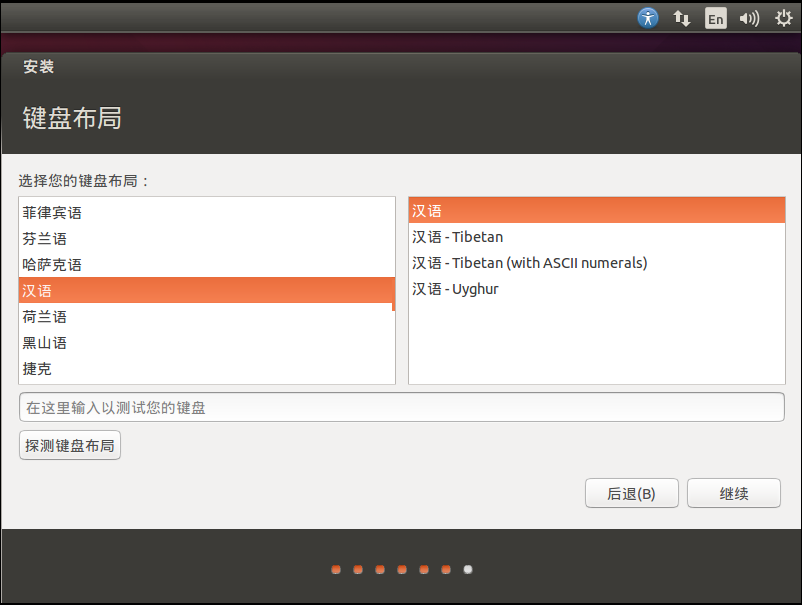
17、 Set the username and password, here the blogger chooses to log in automatically##
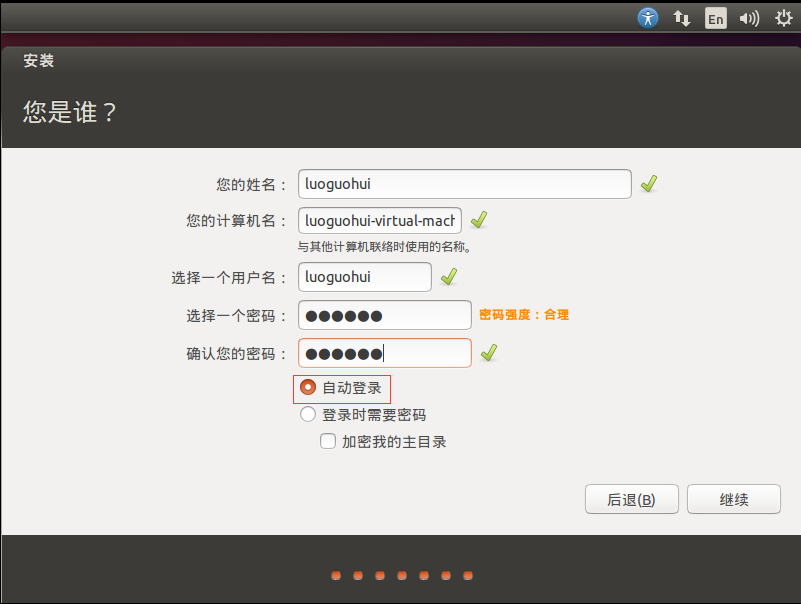
18、 The official installation begins below:
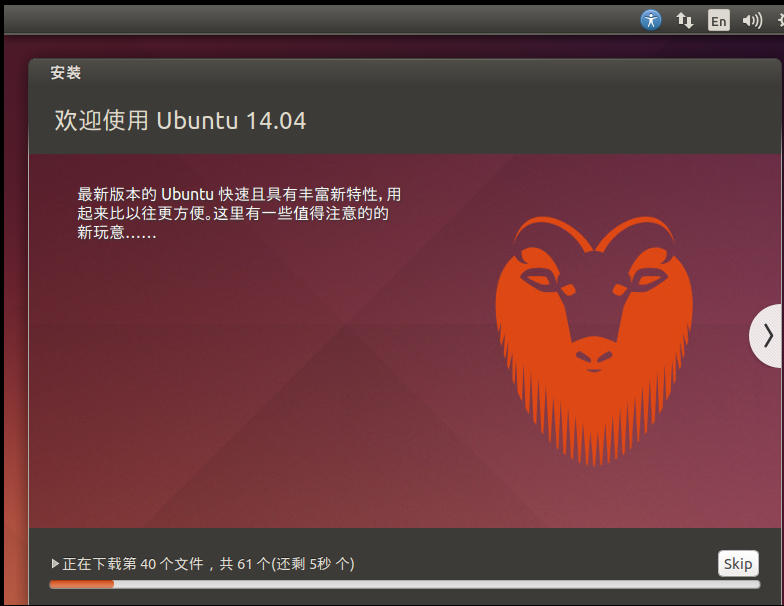
19、 After the installation is complete, you will be prompted to restart, click Restart now##
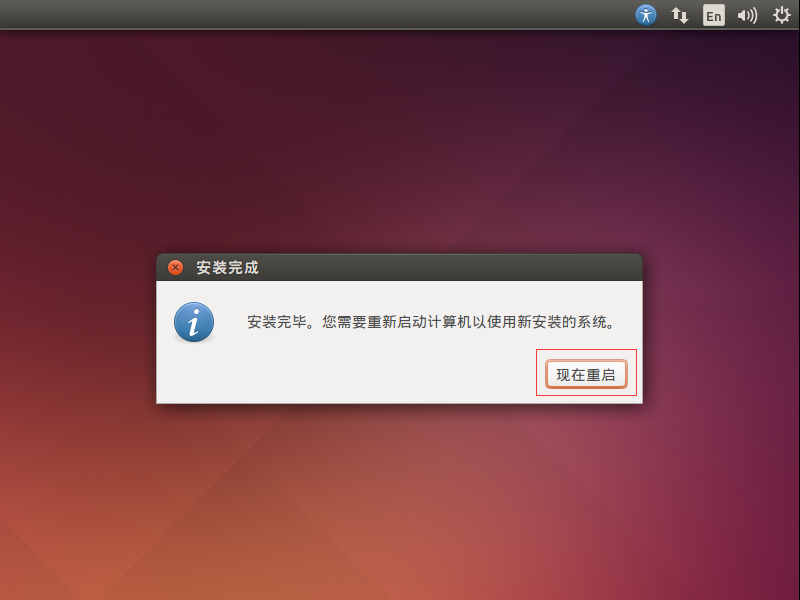
20、 After the restart is successful, you will come to the desktop. The blogger encountered some problems during the restart, and the manual restart has little effect:
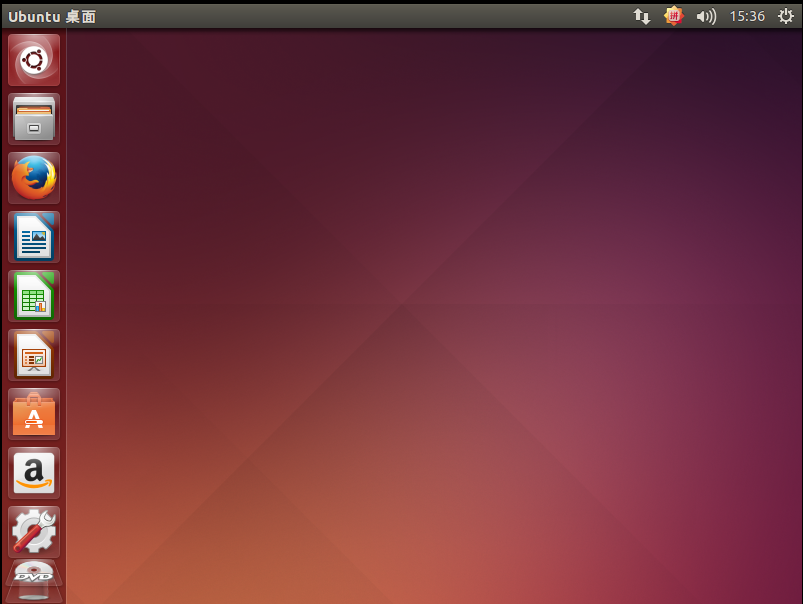
21、 We open the browser, enter the Baidu URL, and find that we can access the network:
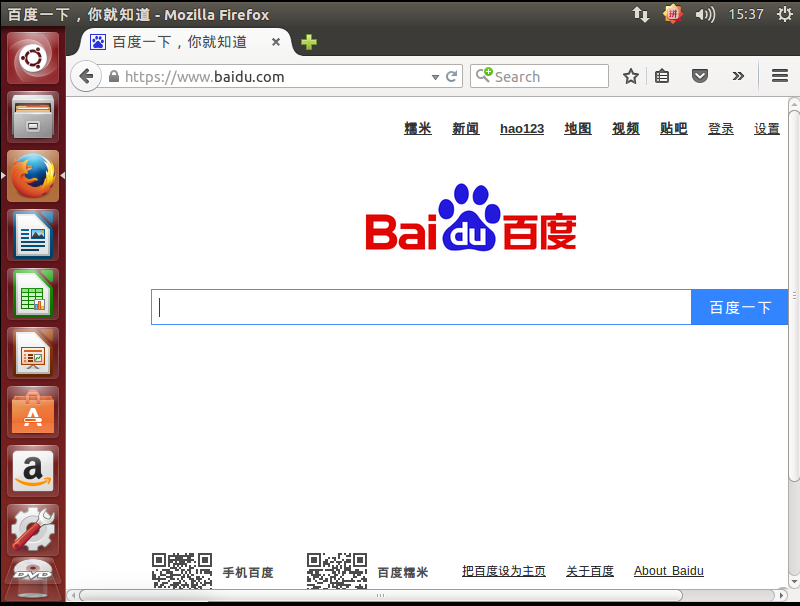
The installation is complete! ! ! ! ! ! ! ! ! !
Four, possible errors#
During the installation process, the blogger encountered the following error:
4.1、 This kernel requires an x86-64 CPU, but only detected an i686 CPU. As shown below:
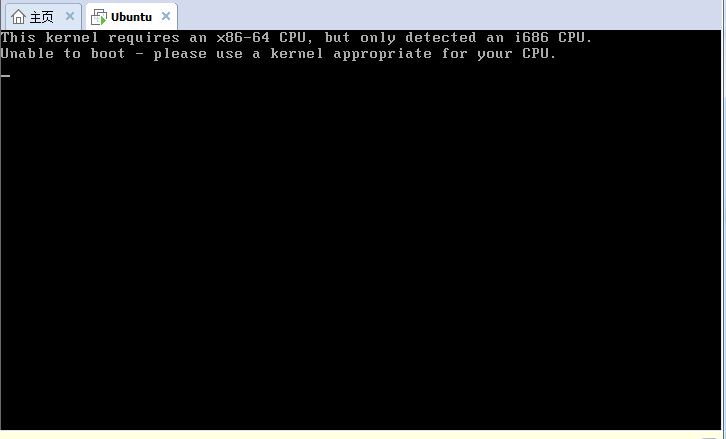
The possible reason is: when creating the virtual machine wizard, we chose Ubuntu instead of Ubuntu64 on the following page, but the image I downloaded is 64-bit, as shown below:
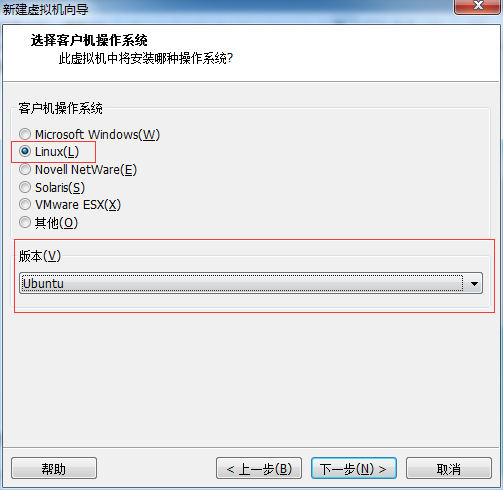
Solution: Set back to Ubuntu64 as follows, and then continue with the steps you did not complete:
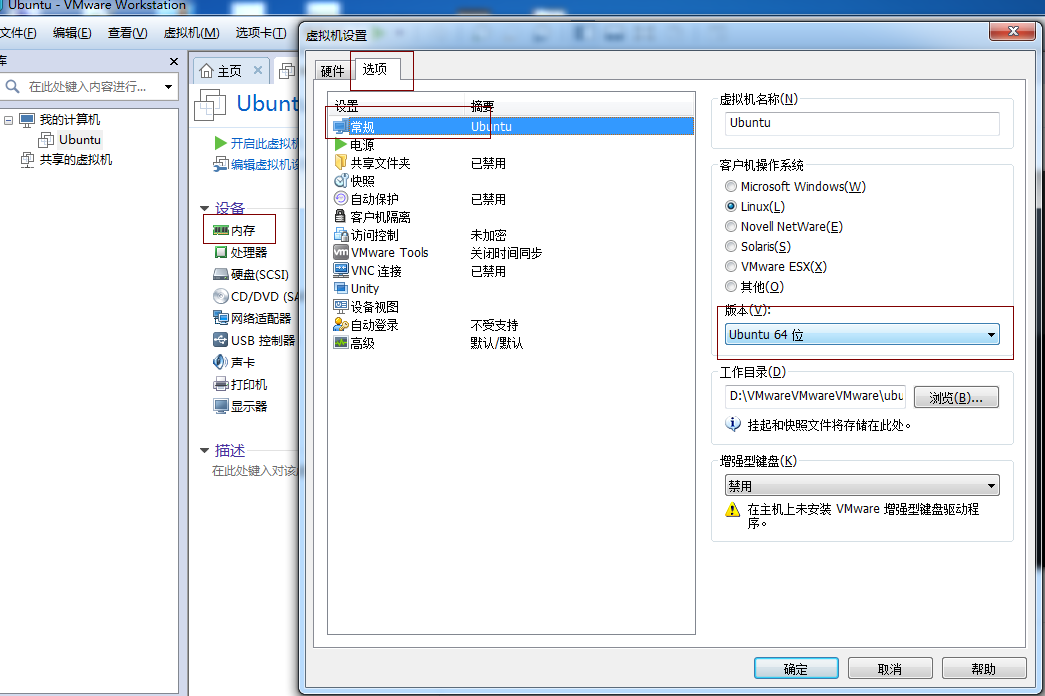
4.2、 Report the following error:
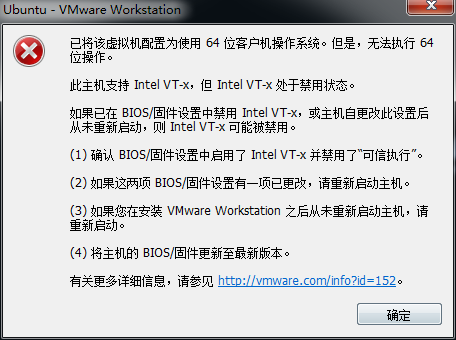
The possible reason is: your computer does not support virtualization
Solution: Restart the computer, enter the bios (the key for the blogger to enter the bios is F10), and set the virtualization to be enabled.
After entering bois, select the Security option:
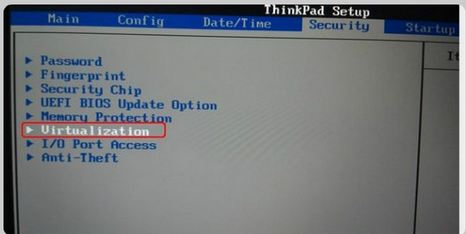
Select Virtualization, press Enter to enter, and press + to modify the two options to enabled:

Then press F10, enter y to save and exit.
After setting up and enabling virtualization, continue with the unfinished steps above
4.3、 If the virtual system fails to restart after successful installation (such as staying on a certain page for too long), you can manually restart Ubuntu##
Recommended Posts